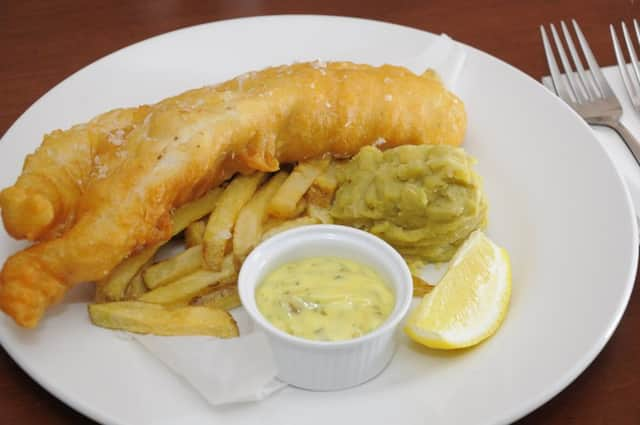Haddock off the menu to let fish stocks recover


The fish – a favourite at the chip shop –is a popular choice with consumers as it is one of the UK’s “big five” seafood species along with cod, tuna, salmon and prawns.
Now haddock from three North Sea and West of Scotland fisheries are no longer on the Marine Conservation Society’s recommended “green” list of fish to eat.
Advertisement
Hide AdAdvertisement
Hide AdHaddock has been downgraded because stock numbers in 2016 were below the recommended level and action is needed to increase the number of breeding fish.
Two of the fisheries are now rated as ‘amber’ in the charity’s latest Good Fish Guide - scoring just four in a scale of one to five, where one is the most sustainable. The other fishery has seen haddock drop from being a good choice to buy to a three rating – one to eat only occasionally.
Bernadette Clarke, the MCS Good Fish Guide manager, said: “These ratings changes have come about because scientific perception of the stock has changed.
“Compared to 2015, the stock numbers in 2016 were below the recommended level and at the point where action is now needed to increase the number of fish of breeding age.”
Advertisement
Hide AdAdvertisement
Hide AdMarine biologists have said that traditional fish suppers of haddock and plaice are set to be replaced by more exotic red mullet and gurnard as fishing grounds around Britain change due to global warming.
Cold water fish in the North Sea are being pushed further north while fish from warmer waters in the south are moving in.
The North Sea has seen typical sea surface temperatures rise by 1.3C over the past 30 years – about four times faster than the global average, a study by UK marine experts for the Nature Climate Change journal found.
However, fishermen said the latest data did not reflect the bigger picture.
Advertisement
Hide AdAdvertisement
Hide AdBertie Armstrong, chief executive of the Scottish Fishermen’s Federation, said: “It’s not so long ago we were told there were only 100 cod left in the North Sea. Try telling that to fishermen today who are seeing huge volumes of large cod on the grounds.
“Consumers can be reassured that quotas for haddock have already been reduced in line with the stock assessments. So you can continue to buy your fish supper without worrying about whether there will be enough fish left in the sea.”
The Marine Conservation Society has urged consumers to use its guide for the latest advice on which fish to eat.